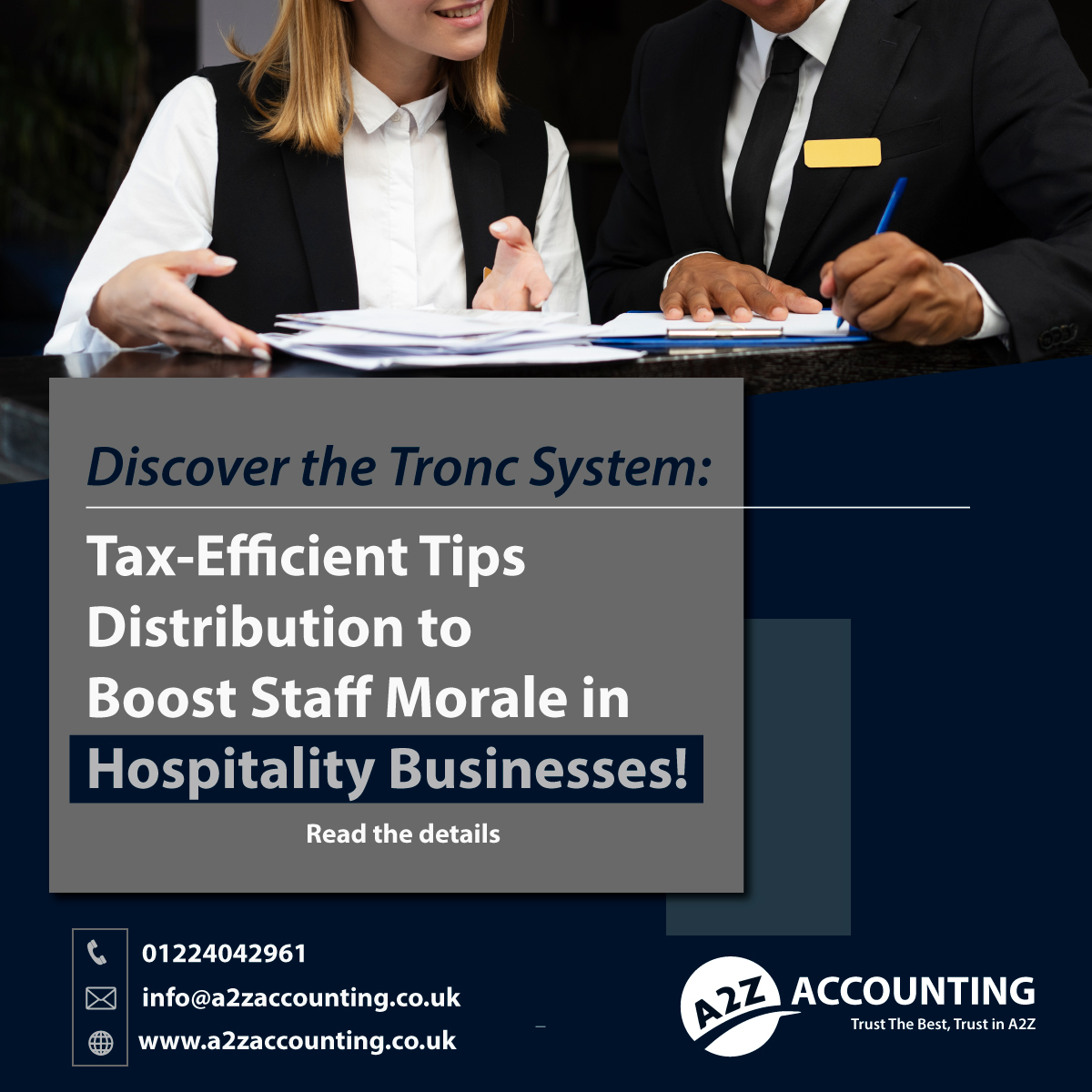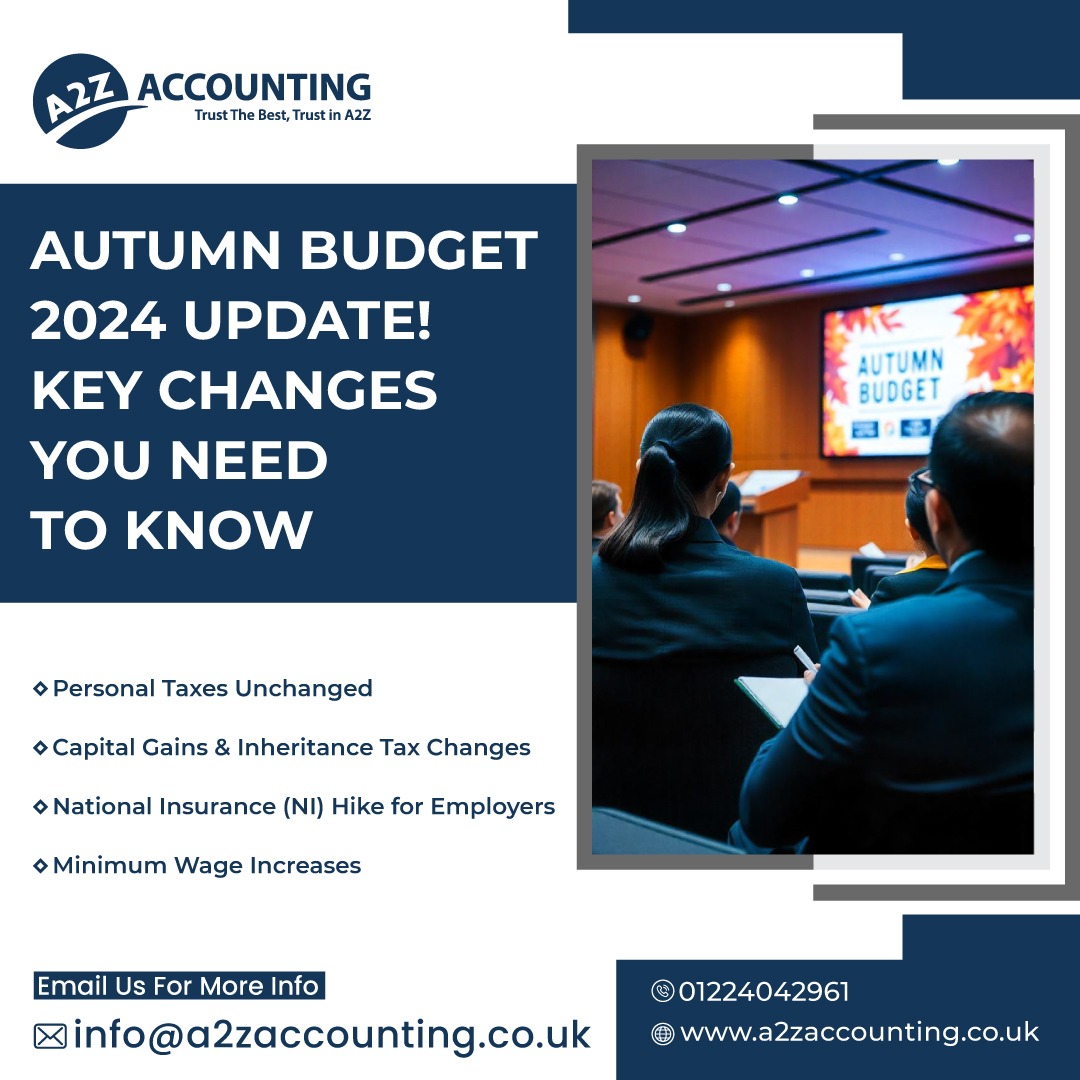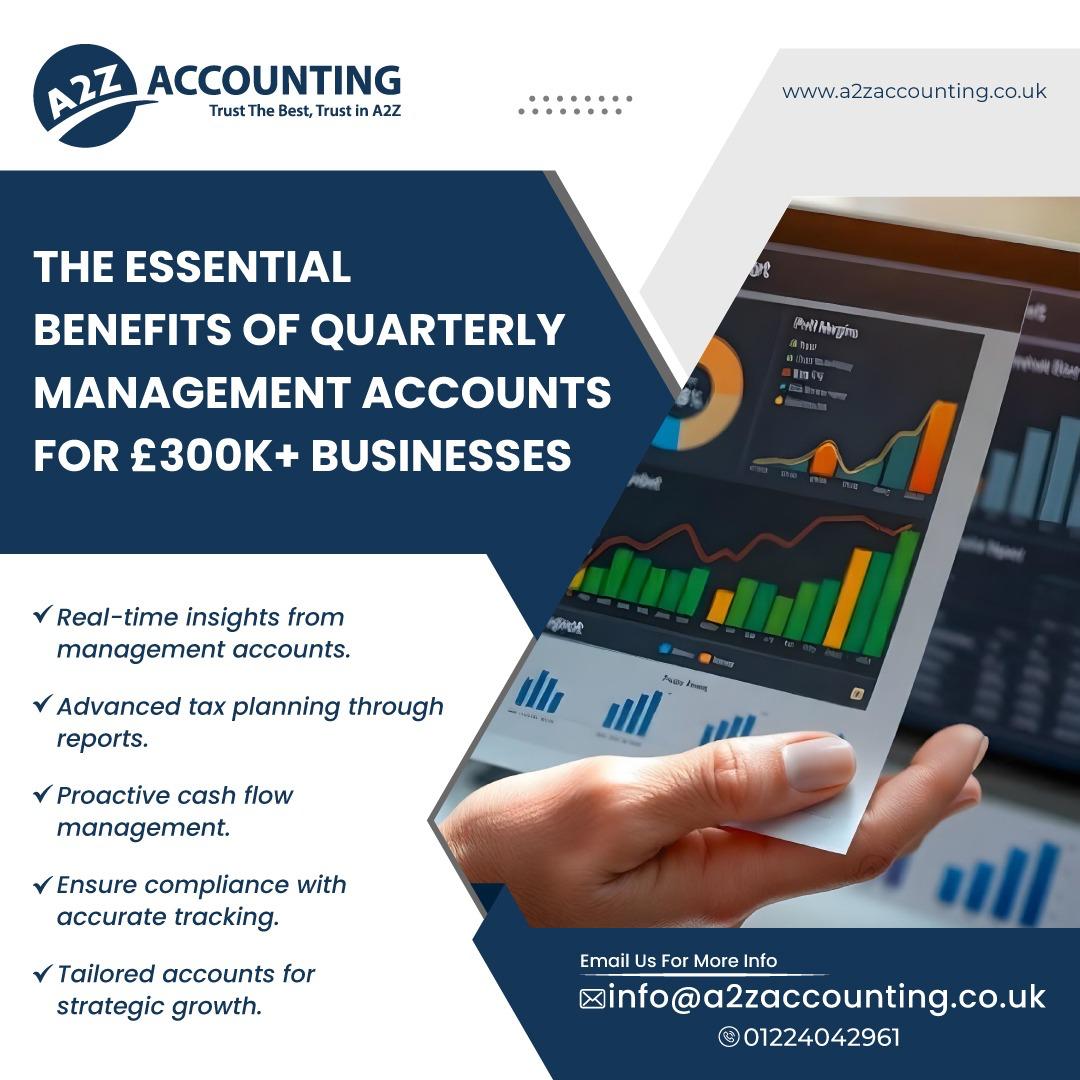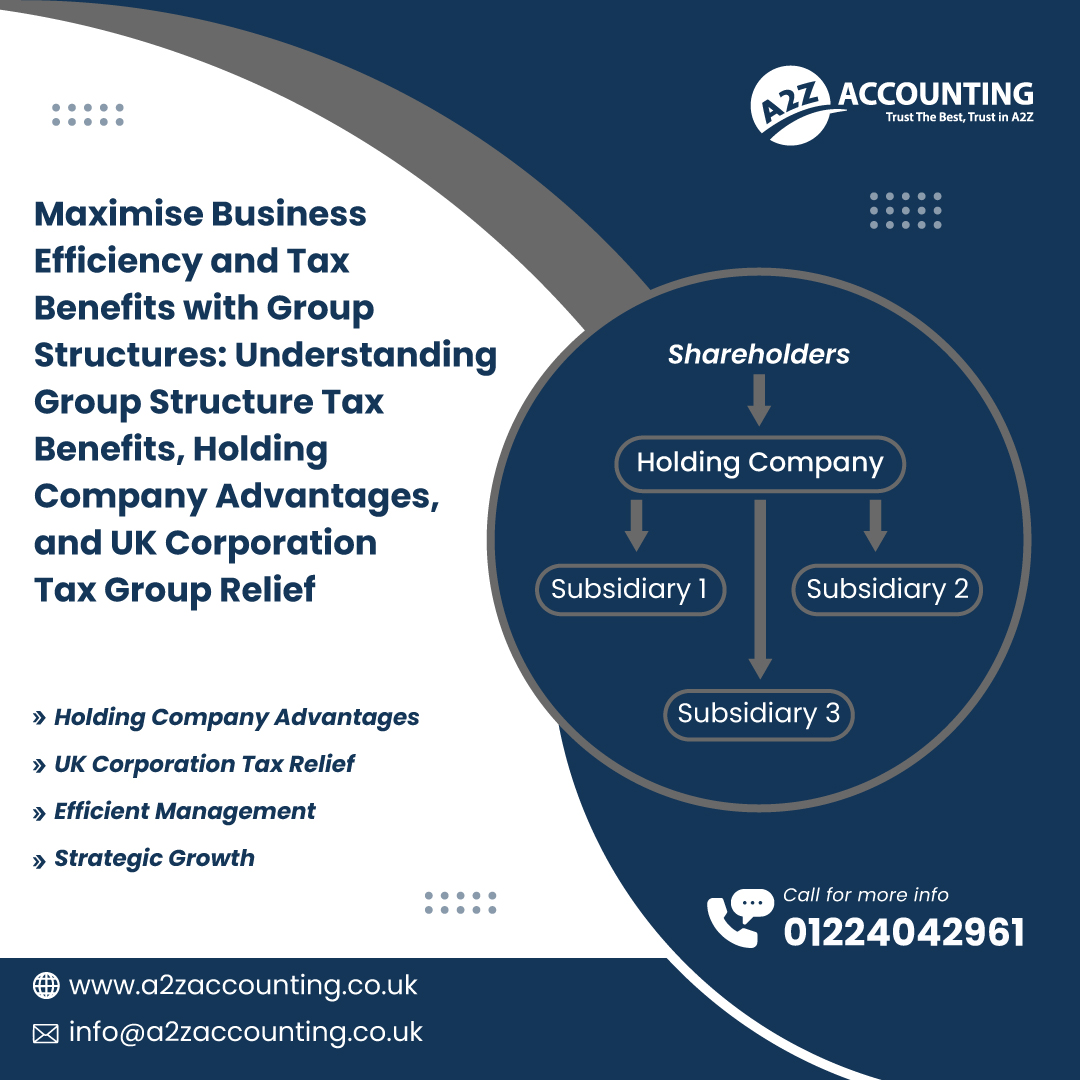Introduction:
Managing financial obligations and optimising tax planning are essential for UK company directors and owners. In this blog, we will delve into the intricacies of budgeting for corporation taxes, dividend taxes, and salary planning. By following effective strategies and understanding the nuances of tax regulations, directors and owners can optimize their financial management and ensure compliance with legal requirements.
Budgeting for Corporation Taxes:
To effectively budget for corporation taxes, directors and owners should consider the following steps:
a. Estimate Taxable Profits: Work closely with an accountant or tax advisor to estimate the company’s annual taxable profits. This involves accurately assessing revenue, expenses, and allowable deductions. By understanding the tax implications of different financial scenarios, directors and owners can make informed decisions and plan for tax payments effectively.
b. Know the Current Tax Rate: Stay updated with the prevailing corporation tax rate in the UK. As of tax year 2022/23, the standard rate was 19%. From 1st April 2023, the Corporation Tax rate for profits over £50,000 will rise to 25%. Companies with profits between £50,000 and £250,000 will be eligible for Marginal Relief, which will reduce the company’s tax bill. Profits up to and including £50,000 will be taxed at 19% while profits between £50,001 and £249,999 will be taxed at 26.5% and profits above £250,000 will be taxed at 25%.
c. Allocate Funds for Tax Liabilities: Set aside funds throughout the year to cover the anticipated corporation tax liability. By regularly setting aside a portion of profits, directors and owners can avoid last-minute financial burdens and maintain a healthy cash flow.
Dividend Taxes and Planning:
To optimise dividend taxes and plan dividend distributions efficiently, directors and owners should consider the following factors:
a. Understand Tax Thresholds: Familiarise yourself with the current dividend tax rates and thresholds. The 2022/2023 tax year rates are 7.5% for basic rate taxpayers, 32.5% for higher rate taxpayers, and 38.1% for additional rate taxpayers. By planning dividend payments within these thresholds, individuals can minimise their tax liabilities. For the 2023/24 tax year, dividend income is taxed 0% for the first £1,000, no matter what other non-dividend income a person has. The 2023/2024 tax year rates are 8.75% for basic rate taxpayers, 33.75% for higher rate taxpayers, and 39.35% for additional rate taxpayers. From 6th April 2024, the Dividend Allowance will be reduced to £500.
b. Monthly Dividend Planning: Distributing dividends on a monthly basis offers advantages in tax management and cash flow. By spreading dividend payments evenly throughout the tax year, directors and owners can optimise the use of personal allowances and basic rate bands, avoiding sudden jumps into higher tax brackets.
c. Consider Dividend Waivers: If there are multiple shareholders, exploring dividend waivers can be beneficial. This strategy allows shareholders to waive their dividend entitlements, redistributing income to individuals in lower tax brackets, such as spouses or family members.
Salary Planning:
Optimising salary planning can have a significant impact on tax efficiency. Directors and owners should consider the following aspects:
a. Utilise Tax-Free Allowances: Take advantage of tax-free allowances, such as the personal allowance and the basic rate band. Structuring salaries to make the most of these allowances can help reduce individual tax liabilities.
b. National Insurance Contributions (NICs): Understand the thresholds for NICs and plan salaries accordingly. Aligning salaries with the optimal NIC thresholds can help minimise employer and employee NIC obligations.
Conclusion:
Effective budgeting for corporation taxes, dividend taxes, and salary planning is crucial for UK company directors and owners. By estimating taxable profits, staying informed about tax rates, and allocating funds for tax liabilities, they can proactively manage their financial obligations. Understanding dividend tax thresholds, adopting monthly dividend planning, and exploring dividend waivers contribute to tax optimisation and smoother cash flow. Additionally, aligning salaries with tax-free allowances and NIC thresholds helps directors and owners maximise tax efficiency.













